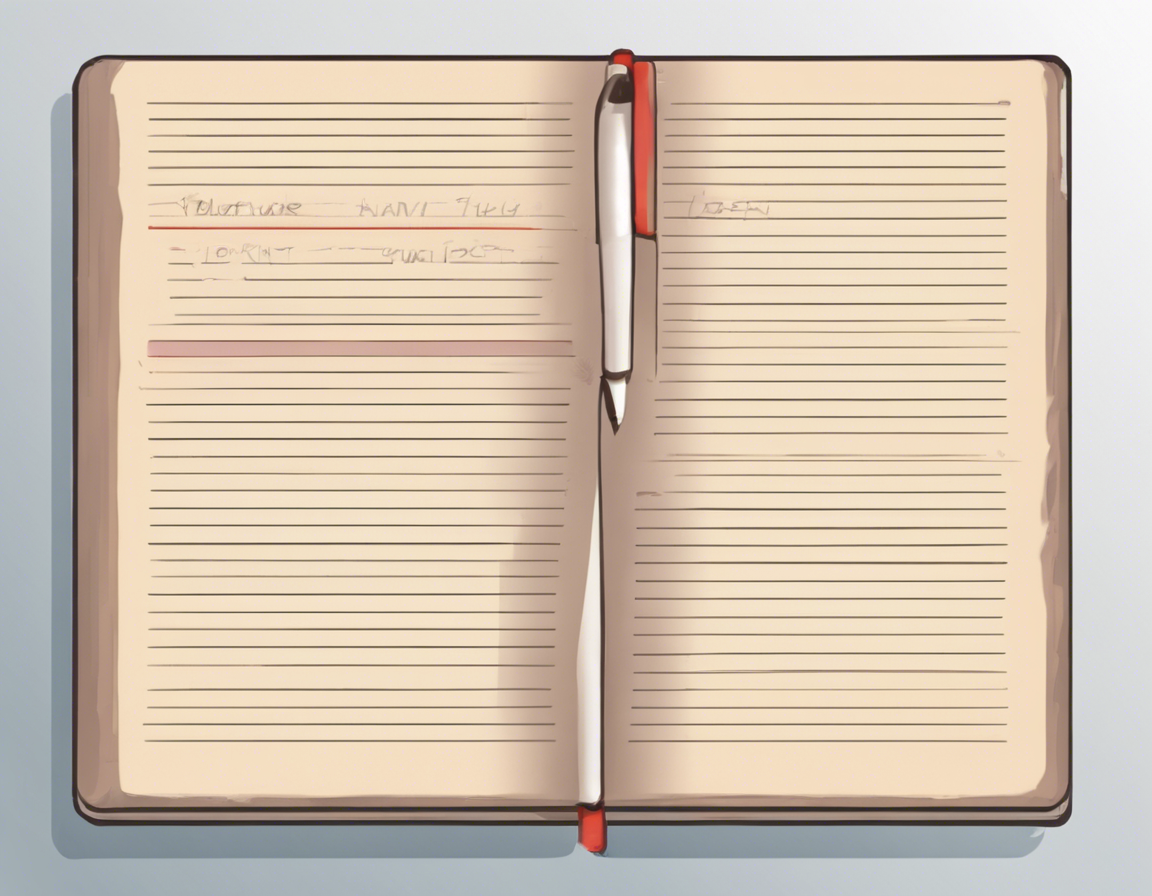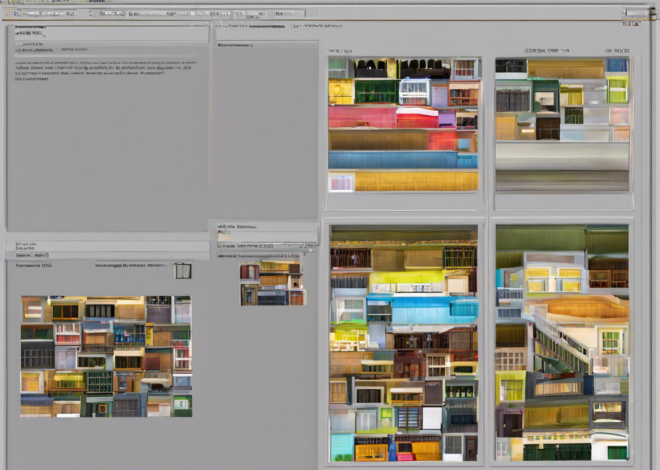
Mastering the Art of Diary Entry Formatting
Diary writing is a timeless practice that has been utilized by people for centuries to record their thoughts, experiences, and emotions. It serves as a confidential space where one can freely express themselves without fear of judgment. The way in which a diary entry is formatted can significantly impact its readability and overall effectiveness in capturing the essence of the moment. In this guide, we will delve into the art of diary entry formatting, exploring various techniques and tips to help you master this skill and enhance your diary writing experience.
The Importance of Formatting in Diary Entries
Formatting plays a crucial role in diary writing as it helps organize your thoughts, making them easier to revisit and reflect upon in the future. A well-structured diary entry can also enhance the emotional impact of your writing, allowing you to convey your feelings more effectively. By employing formatting techniques, you can create a visually appealing entry that draws the reader in and captures the essence of the moment.
Tips for Effective Diary Entry Formatting
-
Date and Time: Start each entry by clearly indicating the date and time of the entry. This simple step helps provide context and allows you to track the progression of your thoughts over time.
-
Emotional State: Consider including a brief reflection on your emotional state at the beginning of the entry. This sets the tone for the rest of the writing and helps you connect with your feelings.
-
Use of Headers: Break up your entry into sections using headers. This can help organize your thoughts and make it easier to navigate through the entry. Use h2 for main sections and h3 for subsections.
-
Bullet Points and Lists: Utilize bullet points or numbered lists to highlight key points or events. This format can make your writing more concise and structured.
-
Paragraph Breaks: Avoid long, dense paragraphs. Break up your writing into smaller paragraphs to improve readability and flow.
-
Highlighting: Use bold or italics to emphasize important words or phrases. This can draw attention to key points and make your writing more dynamic.
-
Visual Elements: Incorporate visual elements such as sketches, doodles, or stickers to add a personal touch to your diary entry. These elements can help evoke memories and enhance the overall aesthetic of the page.
Common Diary Entry Mistakes to Avoid
-
Overcomplicating: Avoid overcomplicating your diary entries with excessive details or complex language. Keep it simple and focus on expressing your thoughts and emotions sincerely.
-
Lack of Consistency: Strive for consistency in your formatting to create a cohesive diary. This includes using the same date format, font style, and section headers throughout your entries.
-
Ignoring Emotions: Remember to delve into your emotions and feelings in your diary entries. Don’t just narrate events; reflect on how they made you feel.
-
Skipping Dates: Try to maintain a regular diary writing habit and avoid skipping dates. Consistency is key to capturing a comprehensive picture of your life experiences.
Frequently Asked Questions (FAQs)
-
Should I write in my diary every day, or is it okay to skip some days?
It’s ideal to write in your diary regularly to maintain a consistent habit. However, it’s okay to skip days if you genuinely don’t feel like writing or have nothing significant to document. -
How long should a diary entry be?
There’s no specific rule regarding the length of a diary entry. Write until you feel you have adequately expressed your thoughts and emotions for that particular moment. -
Can I include drawings or collages in my diary entries?
Absolutely! Adding visual elements like drawings or collages can enhance your diary entries and make them more personalized. -
Is it necessary to write about negative emotions in my diary?
Writing about negative emotions can be therapeutic and help you process difficult feelings. However, it’s entirely up to you whether you choose to include them in your entries. -
How can I make my diary entries more engaging and reflective?
To make your diary entries more engaging, try incorporating storytelling techniques, vivid descriptions, and reflections on the significance of events or emotions. -
Should I share my diary with others?
The decision to share your diary with others is personal. Some individuals find it cathartic to share their thoughts, while others prefer to keep their diary entries private.
In conclusion, mastering the art of diary entry formatting can elevate your diary writing experience and help you document your life in a more organized and engaging manner. By incorporating the tips and techniques outlined in this guide, you can create diary entries that not only serve as a record of your experiences but also as a source of reflection and growth. Remember, your diary is a personal space, so feel free to experiment with different formatting styles until you find what works best for you. Happy writing!

